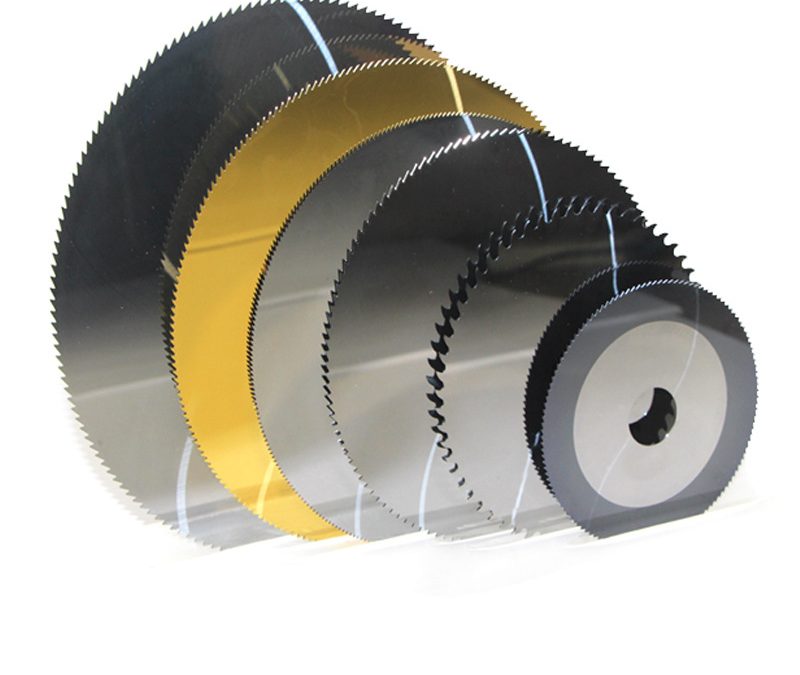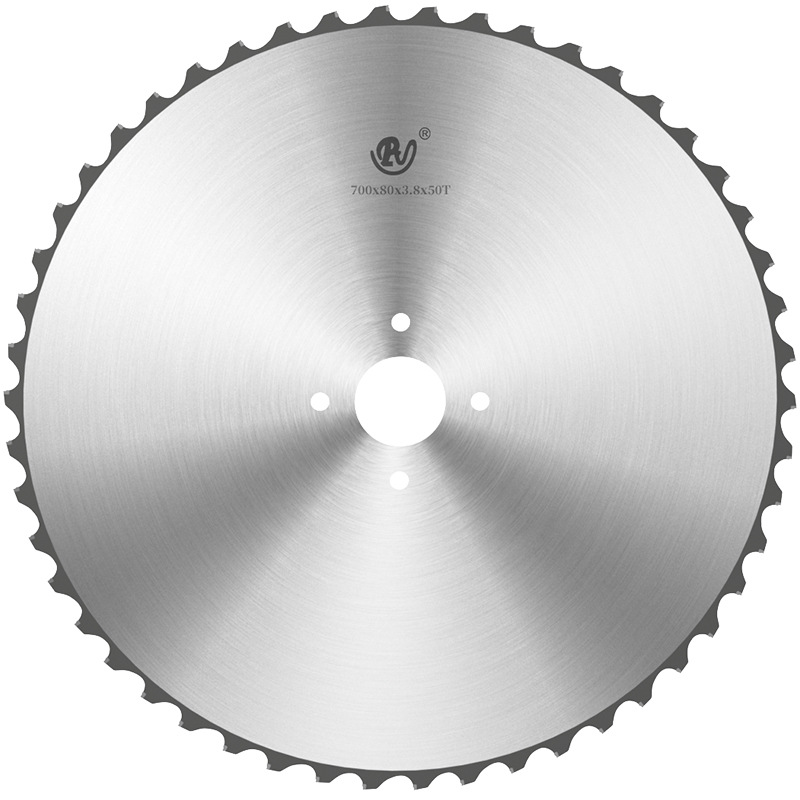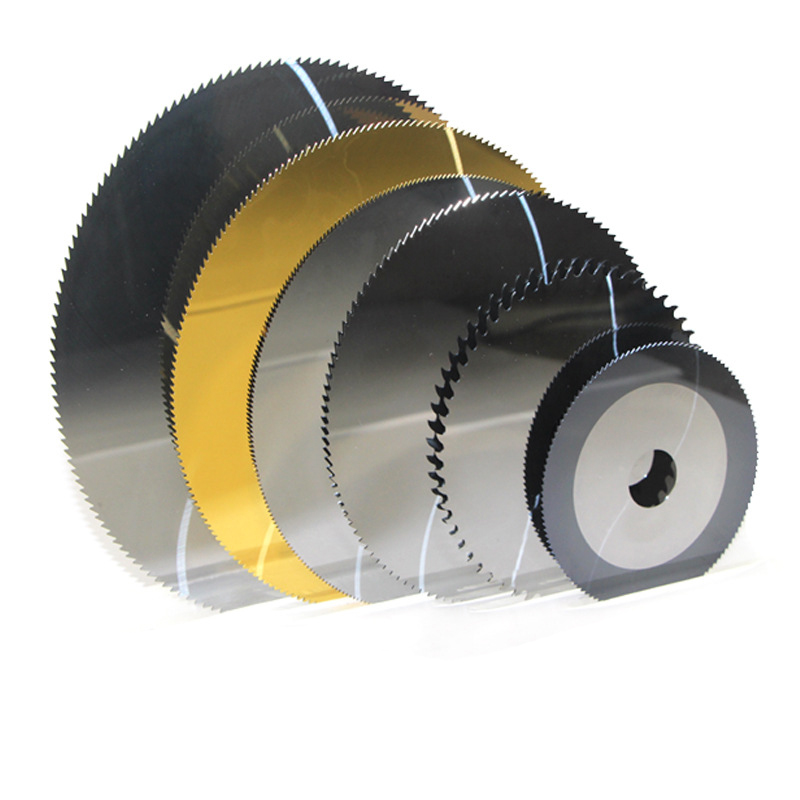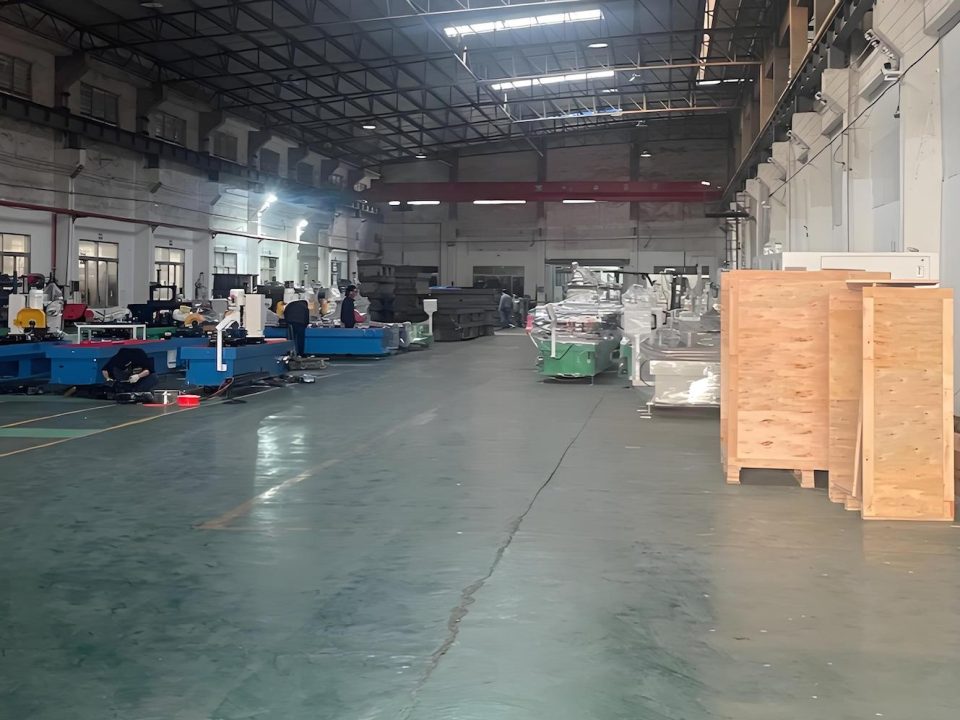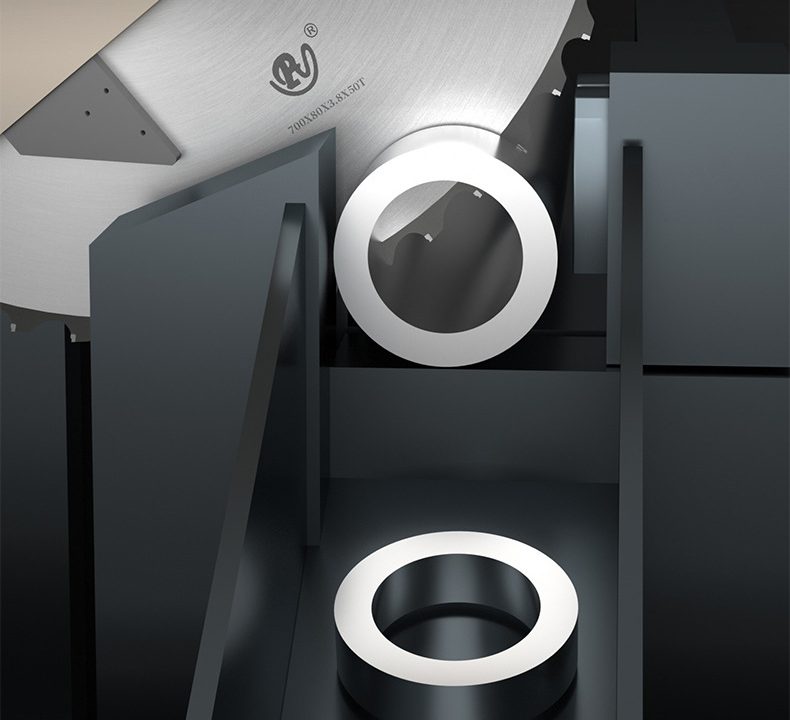Categories
Not only need to import and use the best quality saw blades grinding machine, but developing a successful business in the saw blade grinding industry also requires a strategic approach that encompasses market research, quality service, customer relationships, and continuous improvement. Here’s a comprehensive guide to help you develop your business:
1. Market Research and Analysis
- Identify Your Target Market: Determine the specific segments of the market you want to serve (e.g., woodworking, metalworking, construction).
- Understand Customer Needs: Conduct surveys, interviews, and focus groups to understand what your customers need and value.
- Analyze Competitors: Study your competitors’ offerings, pricing, and market share. Identify gaps and opportunities.

2. Business Planning
- Business Plan: Develop a detailed business plan that outlines your mission, vision, services, target market, marketing strategies, financial projections, and growth plans.
- Financial Planning: Set up a budget, forecast revenue, and plan for initial and ongoing costs. Consider financing options if needed.
3. Quality and Service
- High-Quality Equipment: Invest in high-quality, reliable, and advanced saw blade grinding machines to ensure precision and efficiency.
- Skilled Workforce: Hire and train skilled technicians who can operate the machinery and provide excellent service.
- Quality Control: Implement strict quality control measures to ensure that all blades are ground to the highest standards.
- Certifications and Standards: Obtain relevant certifications and adhere to industry standards to build trust with your customers.
4. Marketing and Sales
- Branding: Develop a strong brand identity that reflects your commitment to quality and service.
- Website and Online Presence: Create a professional website that showcases your services, equipment, and expertise. Use SEO to improve online visibility.
- Digital Marketing:
- Social Media: Use platforms like LinkedIn, Facebook, and Instagram to engage with potential customers and share valuable content.
- Content Marketing: Create blog posts, videos, and guides that educate your audience about saw blade maintenance and grinding.
- Email Marketing: Build an email list and send regular updates, promotions, and educational content.
- Trade Shows and Events: Participate in trade shows, conferences, and industry events to network, showcase your services, and generate leads.
- Direct Sales: Reach out to potential customers directly through cold calls, emails, and visits. Offer demonstrations and free trials to build interest.
5. Customer Relationships
- Customer Service: Provide exceptional customer service, including fast response times, clear communication, and after-sales support.
- Loyalty Programs: Implement loyalty programs or discounts for repeat customers to encourage long-term relationships.
- Feedback and Reviews: Regularly collect and act on customer feedback. Encourage satisfied customers to leave positive reviews.
6. Diversification and Value-Added Services
- Additional Services: Consider offering additional services such as blade sharpening, repair, and customization to increase revenue streams.
- Blade Sales: Sell new and reconditioned blades to complement your grinding services.
- Training and Consultation: Offer training sessions and consultations to help customers get the most out of their blades and equipment.

7. Operational Efficiency
- Streamline Processes: Continuously look for ways to streamline your operations, reduce waste, and improve efficiency.
- Inventory Management: Manage your inventory effectively to avoid overstocking or running out of essential supplies.
- Technology Integration: Use technology to automate processes, track orders, and manage customer relationships.
8. Continuous Improvement
- Stay Updated: Keep up with the latest trends, technologies, and best practices in the saw blade grinding industry.
- Training and Development: Regularly train your staff to enhance their skills and knowledge.
- Innovation: Look for opportunities to innovate and differentiate your services from those of your competitors.
9. Compliance and Safety
- Regulatory Compliance: Ensure that your business complies with all local, state, and federal regulations, including safety and environmental standards.
- Safety Training: Train your employees on safety procedures and provide them with the necessary protective equipment.

10. Networking and Partnerships
- Industry Networks: Join industry associations and networks to stay connected with other professionals and gain insights.
- Strategic Partnerships: Form partnerships with suppliers, manufacturers, and other businesses that can help you grow and expand your reach.
By following these steps and continuously focusing on quality, service, and customer satisfaction, you can develop a thriving business in the saw blade grinding industry.


